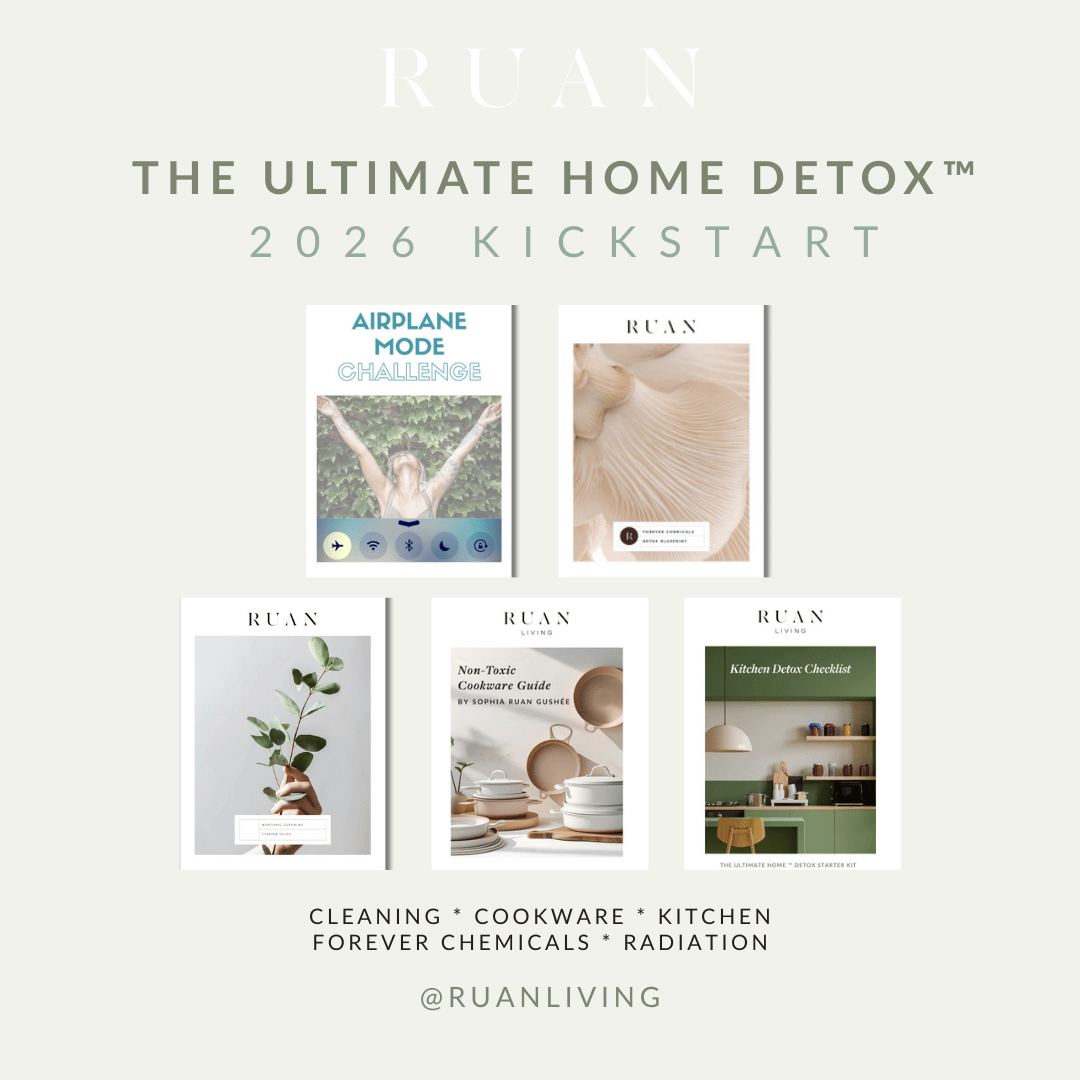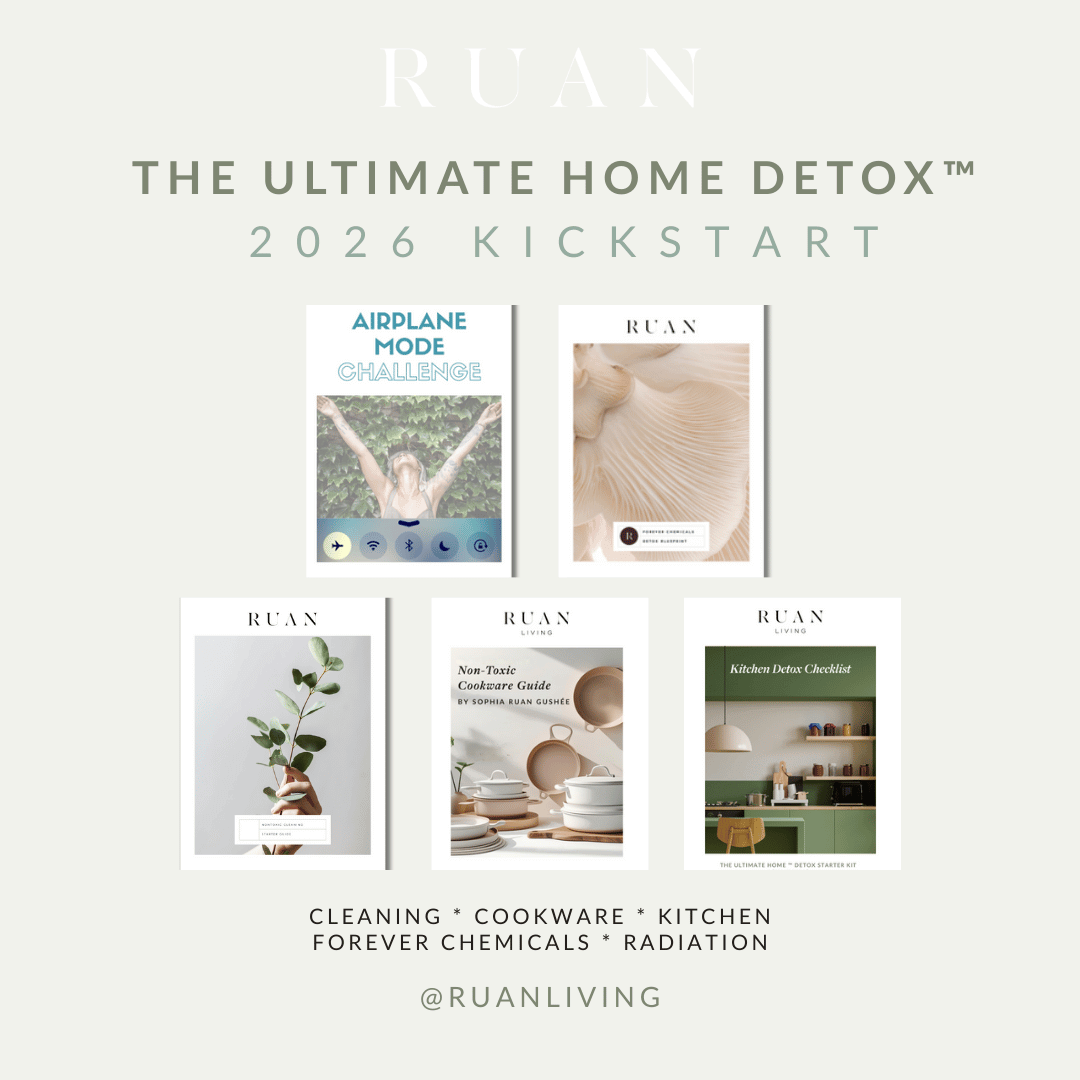
5 Ways to Remove Chlorine from Your Drinking Water
Dec 21, 2018by Angela Cummings, reviewed by Sophia Ruan Gushée
More than 100 million people in 43 states in the U.S. had been drinking water polluted with chlorine byproducts, according to a 2011 study by the Environmental Working Group (EWG). It’s likely these water supplies still have chlorine in them today.
Is your home one of them?
In order to keep public water systems free of bacteria and viruses, municipalities add chlorine to the water supply.
Unfortunately, this creates a different concern—a concern about chemicals in our drinking water. How could they be affecting our family’s health?
We’ll look at the potential health effects and five ways to remove chlorine in drinking water.
What Is Chlorine?
Chlorine is a gas used to disinfect water (and other items). It kills bacteria, fungi, and viruses. City water is often chlorinated with the good intention of killing bacteria and viruses in the public water supply.
According to the Center for Disease Control, chlorinated water does not contain chlorine. However, it does contain chemicals as a result of the added chlorine.
“Chlorine is not present in chlorinated water. During water chlorination, chlorine gas may be added to the water at first; however, the chlorine is quickly transformed into other chemicals (hypochlorous acid and hypochlorite anion), which actually disinfect the water.”
But are we trading one health concern for another?
How Could Chlorine Harm Our Health?
Exposure to low levels of chlorine can cause irritation of the eyes, nose, and throat. Higher levels of chlorine can affect breathing, cause coughing and lung damage.
In addition, when chlorine reacts with other chemicals, it creates “Unintentional By-products” which may cause health effects.
Some of these Unintentional By-products have strong links to bladder cancer and may be causing colon and rectal cancer.
What Are 5 Ways to Remove Chlorine from Drinking Water?
1. Evaporate the Chlorine
Chlorine will evaporate into the air naturally, over time. This can be a no-cost way to remove chlorine from drinking water.
Fill a container with tap water. Put it into the refrigerator with the top open. After a few hours, the chlorine will have evaporated.
No special tools or filters required.
2. Drinking Water System
Drinking water systems are typically installed at the kitchen sink (and sometimes the bathroom sink, too) to provide filtered drinking water on demand.
One common type of drinking water system is Reverse Osmosis.
Reverse Osmosis systems, commonly known as RO, remove contaminants from water. Among them are chemicals, including nitrates, industrial chemicals, sulfates, fluoride, and chlorine byproducts.
It’s common for RO systems and carbon filter systems to be used in combination with one another. This allows for more complete filtering of chemicals (and other contaminants).
3. Whole House Filter
Typically installed in the basement or mechanical room, whole house filtration systems remove chlorine (and other chemicals) from all water in the home. This includes drinking water, bathing water, toilet water, and laundry water.
The whole house filter system has a carbon filter.
Carbon filters containing activated carbon are key for removing chemicals. The activated carbon absorbs chemicals (and other impurities) in the water as it passes through the filter.
Here are a few of the chemicals removed by activated carbon: chlorine byproduct, pesticides, herbicides, volatile organic chemicals, PCBs, and some solvents.
4. Ask Your Municipality
Local municipalities have detailed records showing the amount of chlorine (and other chemicals) added to your local water supply.
Ask the municipality how much chlorine is in the water supply, so that you can make an informed decision about which method of chlorine removal is most effective for your home.
Alternatively, see which chemicals are in your local water supply using the Environmental Working Group’s Tap Water Database.
5. EWG’s Water Filter Guide
The Environmental Working Group (EWG) Water Filter Buying Guide provides a third-party evaluation of various water filters. The guide addresses various types of filters, including:
- pitcher
- faucet mounted
- in-line refrigerator
- separate tap
- plumbed in
- on counter
Further, it evaluates different filtering technologies such as:
- reverse osmosis
- ultraviolet
- carbon filters
- granular activated carbon (GAC)
- carbon block
Better yet, you can sort filters according to the contaminant type.
That means you can choose a filter specifically made for chlorine removal!
Here are a few of the chemicals you can find filters for:
- Chlorine and chlorine byproducts
- PFOA/PFOS
- Volatile organic compounds (VOCs)
- Nitrate/Nitrite
- Many more (too many to list here!)
How Practical Nontoxic Living Can Help
With over 100 million people in the U.S. exposed to chlorine byproducts (and other chemicals) in drinking water, it’s likely these chemicals are in your drinking water.
Do you wonder what other chemicals could be in your home? Perhaps chemicals you’re unaware of?
Find out what these chemicals are, where to find them, and how to remove them from your home by signing up for our monthly in the box below.


